Blockade Systems and Access Control
Categories
| Image | View the product | No. Manufacturer | ||||||||
|---|---|---|---|---|---|---|---|---|---|---|
| picture_as_pdf |
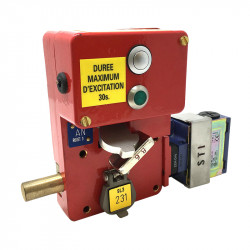
|
-- | Lock and access control systems - basic information | SEE IT | -- | On Order | -- | -- | -- | -- |
| picture_as_pdf |
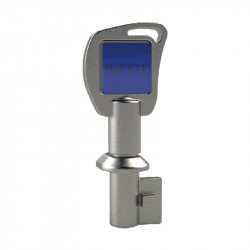
|
ServTrayVou | Keys | SEE IT | -- | On Order | -- | -- | -- | -- |
| picture_as_pdf |

|
ServTrayVou | Castles | SEE IT | -- | On Order | -- | -- | -- | -- |
| picture_as_pdf |
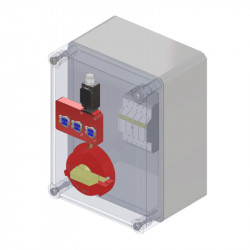
|
ServTrayVou | IVC switch (switch box from 1 to 3 to enter the key from 5 to 400 kW) | SEE IT | -- | On Order | -- | -- | -- | -- |
| picture_as_pdf |
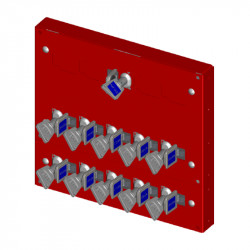
|
ServTrayVou | Centralka TMEC | SEE IT | -- | On Order | -- | -- | -- | -- |
| picture_as_pdf |
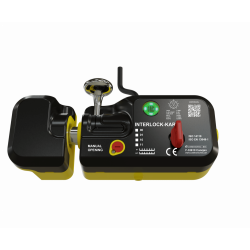
|
Comitronic | INTERLOCK-KAR – non-contact safety lock | SEE IT | -- | On Order | -- | -- | -- | -- |
| picture_as_pdf |
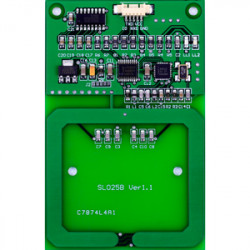
|
Stronglink | RFID module SL025B | SEE IT | SL025B | On Order | Reader | MIFARE | 13.56MHz | RS232 |
Access Control Systems Based on Interlock Function
Lock and access control systems designed for machines and devices significantly enhance safety in industrial facilities. At the same time, they are relatively easy to install and operate. This makes their implementation and use unproblematic. The access systems you will find at DACPOL are based on the Interlock key-transfer principle and can be used in harsh, aggressive environments, where they are exposed to strong vibrations or dust.
How do access control systems with Interlock key-transfer work?
Lock and access control systems with Interlock key-transfer are designed to secure equipment and areas that may be potentially dangerous. Their operation is based on a controlled sequence of transferring special, encoded keys between different locks in the installation, which are either locked or released in a specific order.
In practice, the operator managing the access system must follow a set procedure to complete the subsequent steps in the process. The system works in such a way that a key inserted into one lock cannot be used to open another until a predefined condition is met, such as turning off the machine or disconnecting power.
For example, the sequence of actions based on lock and access control systems can look as follows:
1. The operator, deciding to perform maintenance work, must first turn off the machine by using the key on the control panel. Only after it has come to a complete stop does the system allow the next step, and the key is released from the control panel.
2. The operator transfers the key to the lock at the service area door. Until it is placed in the lock, the door remains locked. Inserting the key unlocks the door, allowing access to the area.
3. The key remains locked in the door lock, preventing its removal until the door is closed again. During this time, the machine cannot be started, as the control system detects that the key is at the door.
4. Once the work is completed, the service area door is closed, allowing the key to be removed from the lock.
5. The operator transfers the key back to the control panel. Inserting it into the control panel lock enables the machine to be restarted.
6. This example perfectly illustrates how Interlock-based access control systems ensure that all actions are performed in the correct sequence, providing safe access to the service area.
What components make up Interlock access systems?
Lock and access control systems consist of two main components that ensure safe operation in their respective areas of application. The first component is the locks, available in both electronic and mechanical variants. They are responsible for blocking access to devices or areas until certain actions are performed. However, they cannot be operated without keys. The keys are made from corrosion-resistant materials and feature elements that protect the locks from contamination. In addition, access control systems consist of sensors and limit switches, which are responsible for transmitting information about the completion of certain actions.
All these components, which allow you to create access control systems based on the key-transfer principle, are available in the DACPOL offering.
In which industrial areas are lock and access control systems used?
Access control systems based on the Interlock key-transfer principle are useful in various industries, including the energy, construction, metallurgy, and petrochemical sectors.
In the energy sector, they are used for managing access to substations or high-voltage installations. They effectively prevent maintenance work from being carried out while the power is still on.
In industry, access systems installed in machines like crushers, for example, prevent machines from being started while the cover is open, which could indicate that a service technician is inside performing repairs. This effectively eliminates accidents.



